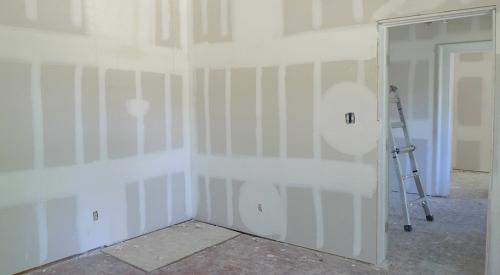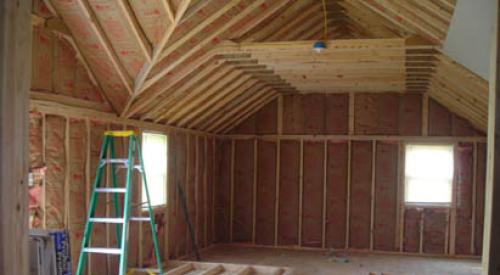It’s not called drywall for nothing.
The Gypsum Association, a Washington, D.C.-based group of drywall makers and installers, recently came out with tips for properly shipping, storing and installing wallboard to minimize callbacks. Not surprisingly, moisture can be a builder’s worst enemy in this regard.
Robert Wessel, the association’s assistant executive director, says the final appearance of finished joints and the performance of joint treatment materials depend on a number of factors, especially drywall delivery and storage conditions.
“I have seen stuff delivered to a job site sitting in 3 inches of mud with the tarps blown off in the middle of a rainstorm, and then a guy comes in the next day and hangs it on the wall,” says Wessel. “Wallboard can get wet. The key is to properly dry it out if it ever gets wet, and when it gets wet in a stack it is tough to do that.”
Basic tips include:
For further information go to www.gypsum.org.










